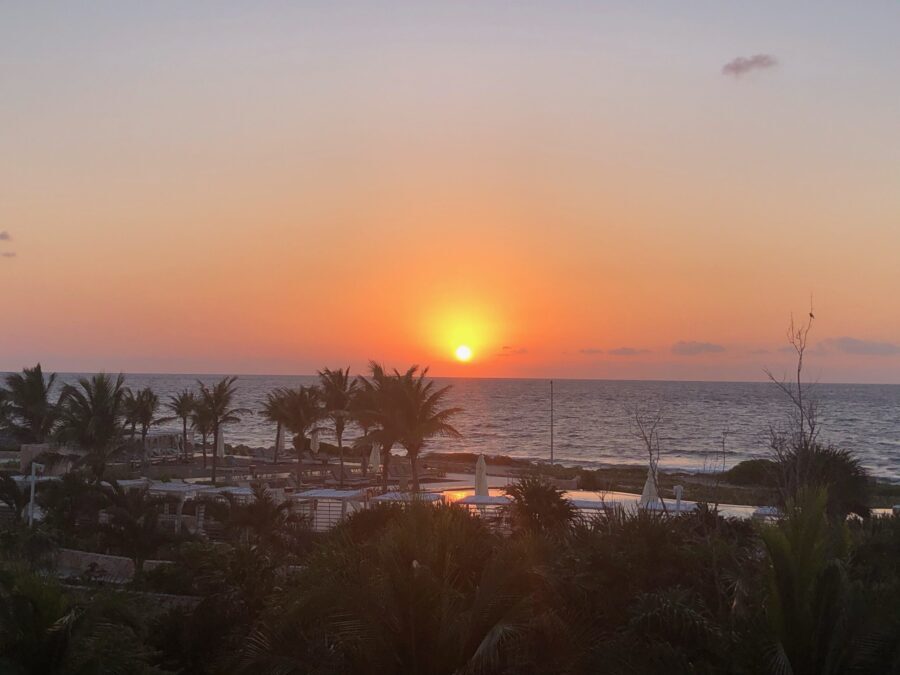A JOURNEY THROUGH ANCIENT MINOAN ART AND CIVILIZATION
Imagination still outpaces what the sound of ground penetrating radar might reveal.
We took our love for ancient mysteries and beautiful places to the Aegean, a fourteen hour plane ride from New York City to the magical island of Santorini, touching down on a runway made of the same volcanic ash that destroyed the island some 3,500 years ago.

Santorini island, known in antiquity as Thera, is the southern most island in the Cycladic archipelago, nestled between mainland Greece and the island of Crete in the Aegean sea. Although dormant, the volcano is still active with a major earthquake fault line that runs directly through it. Numerous minor and medium-sized eruptions have built up the dark-colored lava rock and ash of Nea and Palea Kameni inside the caldera.
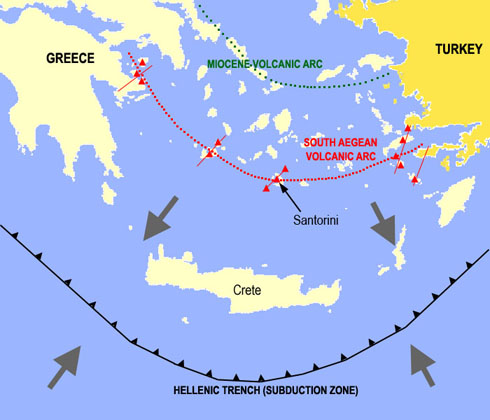
A visit to the Greek island reveals remnants of an ancient volcano and a sense of connection to the story of Atlantis.
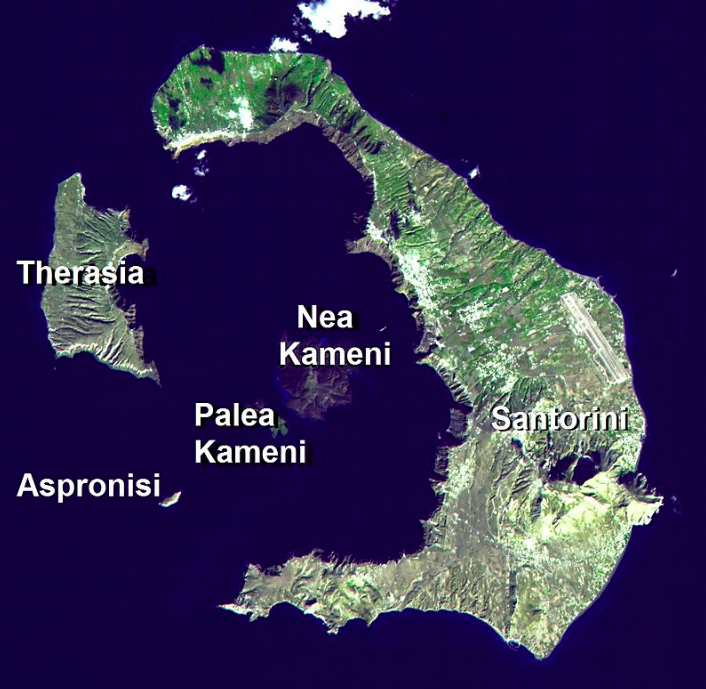
landmass making Santorini a top candidate for the origin story of Atlantis.
Avoid arriving in Santorini after sundown or expect to be blessed with a dodgy rental car with no GPS, a jacked up gear shift and several frightening moments on hilly roads without street signs or street lights.
In 590 BC, a very old Egyptian priest named Sonchis from Sais, revealed the exact location, history, physical description and final destruction of Atlantis to Solon, the wisest of the seven Greek Sages. The priest explained that Atlantis was an extremely powerful empire that existed 9,000 years before Egypt and that it was eventually destroyed.
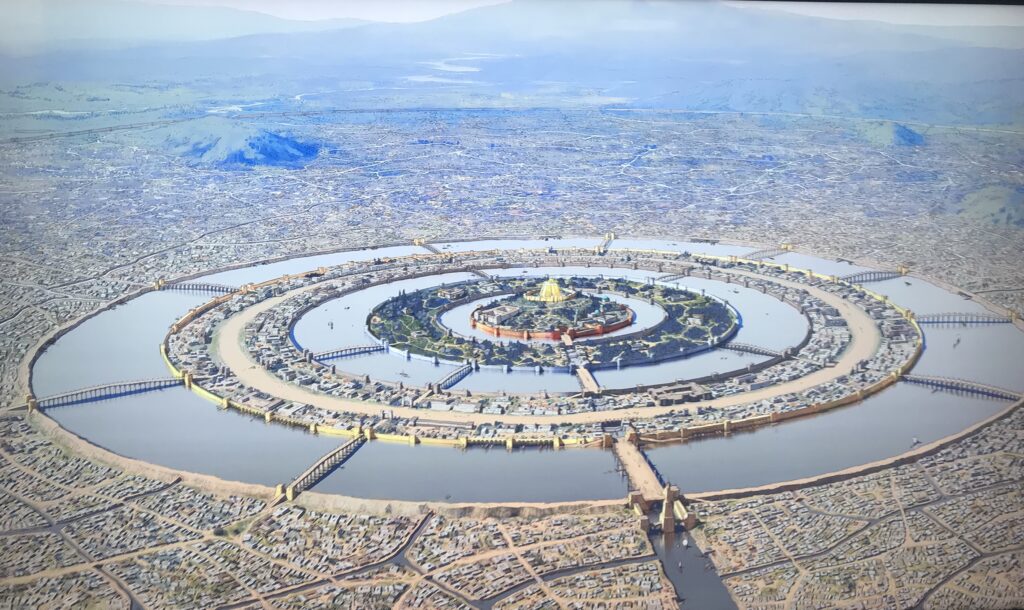
The volcanic earth on Santorini is famous for producing a water-resistant cement that defies even salt water. The Suez Canal in Egypt was made using the water resistant cement from the island. Called Pozzolan cement, it gets its name from the pumice found near the eruption of Mt. Vesuvius in the town of Pozzuoli, Italy. Pozzolan pumice, is similar to ‘Santorini Earth’ in that they are both made from the distinctive material ejected from their magma chambers.

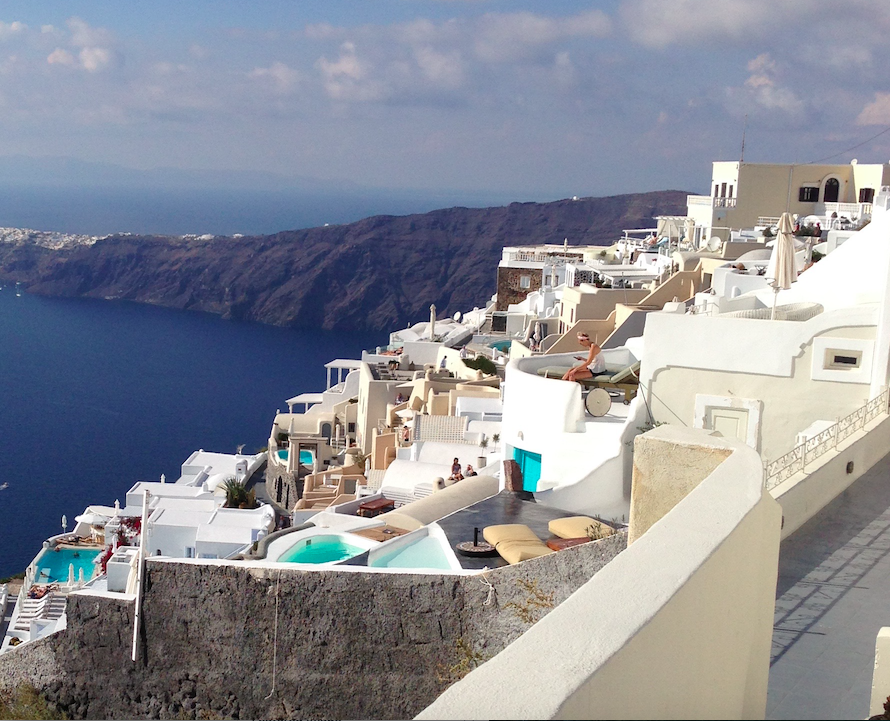
Historians and archaeologists have trouble deciding on the year of the eruption with dates ranging from 1645 BC to 1500 BC. The last major eruption of Thera took place in 1925 with minor convulsions in 1928, 1939, and 1950. Thousands left the island after the earthquake of 1956 that killed fifty-three.
One has to admire the villagers who stay. If death by earthquake, tsunami or lava flow was not enough, it’s also not easy to make a living. Most residents live off the sea, work in agriculture or wait on tourists, because pumice mining is no longer an option. The practice was stopped around 1980 to preserve the character of this majestic island—which is now mainly supported by tourism.

Celebrate the brighter side life on top of a killer volcano with a Vulcan beer.

The volcanic soil here is great for growing acid fruits, like small tomatoes and the grapes that make Santorini wine famous around the world.
We bought two bottles of delicious red instead of the famous white against the recommendation of the wine shop owner. Neither of us are fans of white wine.

If we could design a perfect day trip to Nea Kameni, it would not include racing down a thousand stone steps in flip-flops, or squeezing past rows of smelly kicking donkeys. But we still made it to the dock with spare time for ice cream.
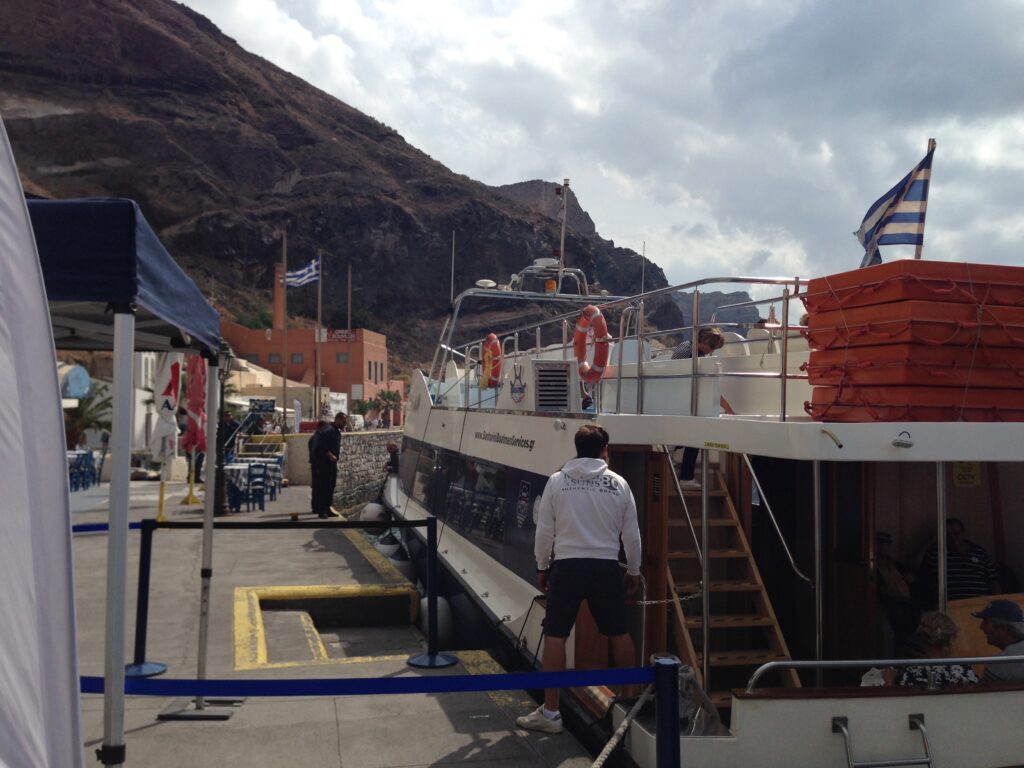
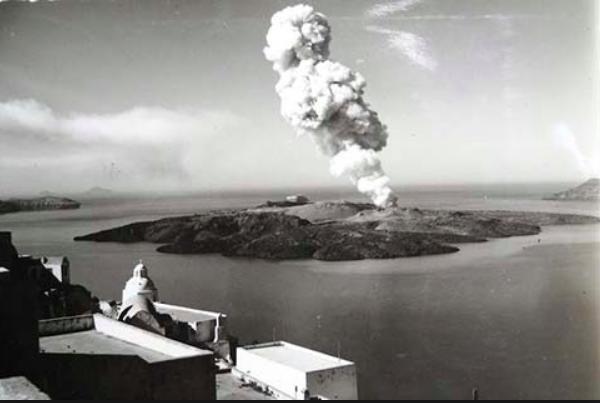
Nea Kameni or “new furnace” is the original central island at that center of the caldera. Studies of ash deposits on the ocean floor have revealed that when the volcano did blow, it did so with a force dwarfing anything seen in human history. The eruption was several times the size of Krakatoa in 1883, equivalent to the power of ten nuclear bombs dropped on Hiroshima, Japan.
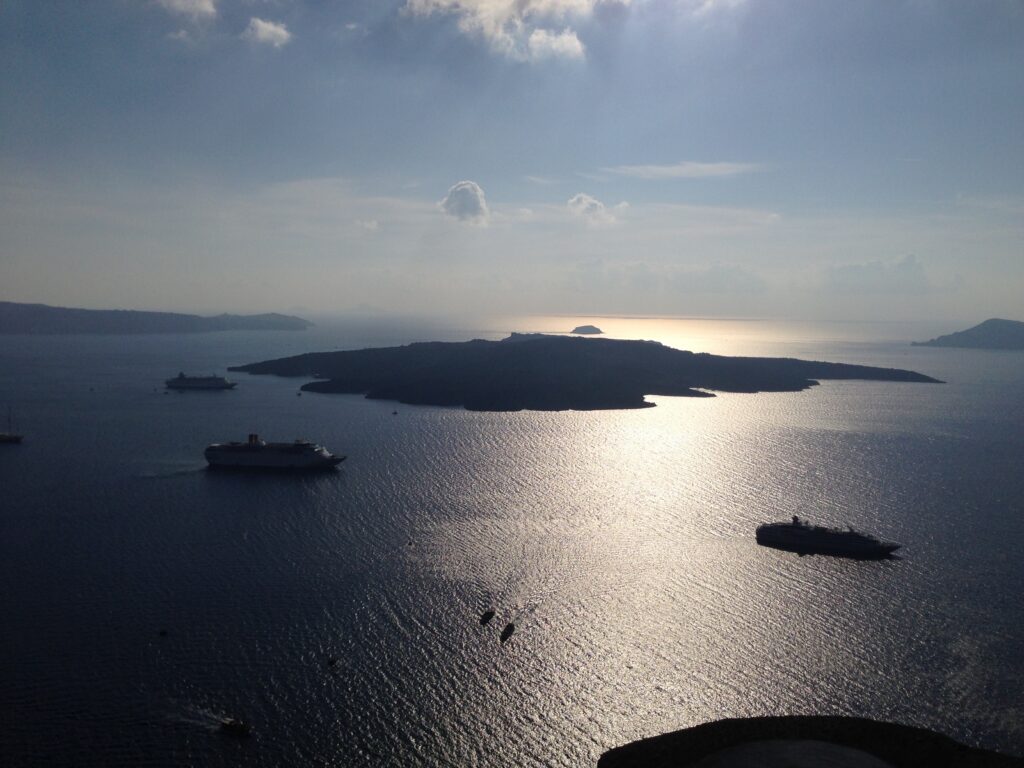
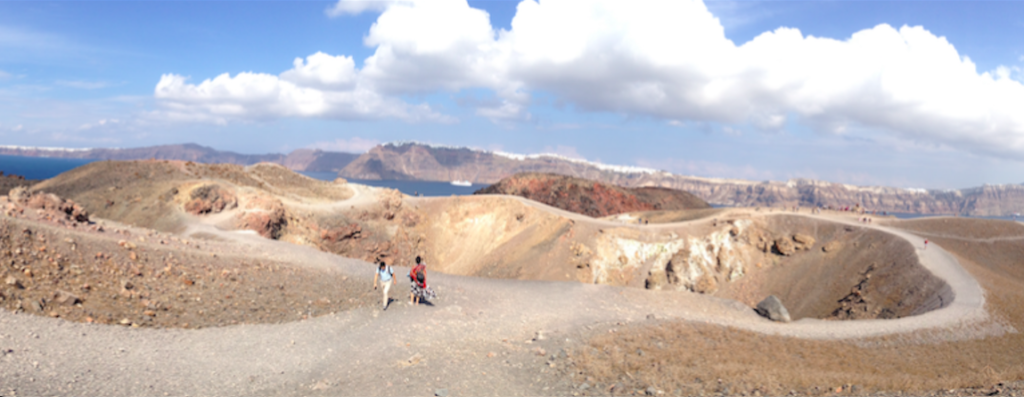
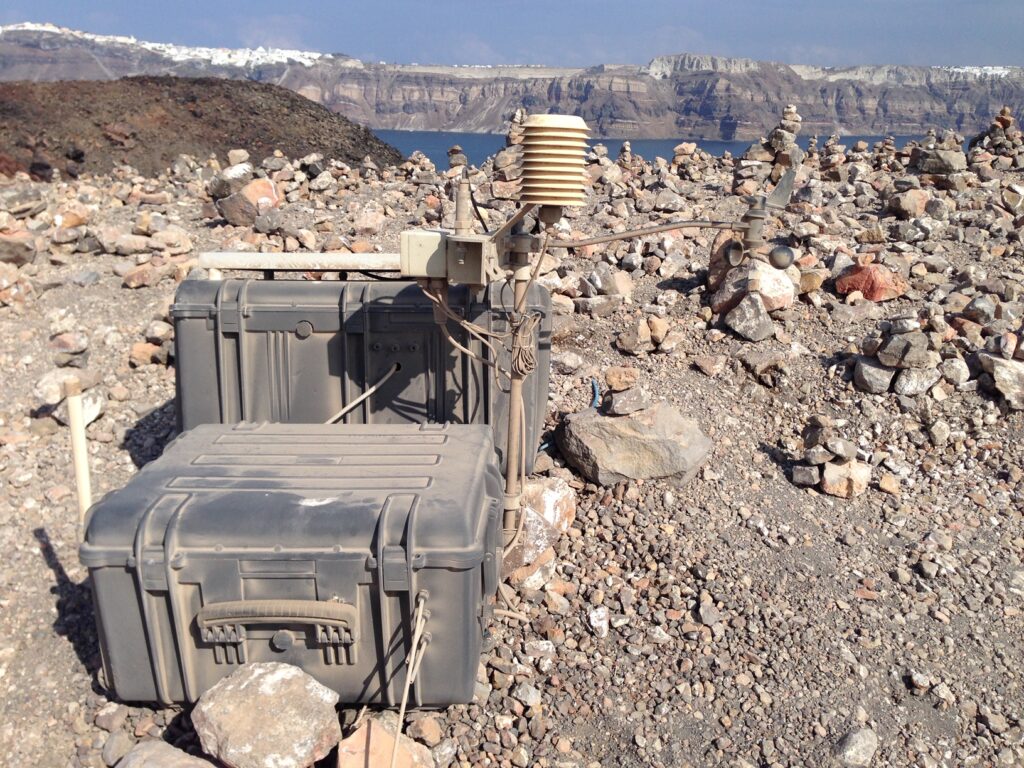
It was the Egyptians, not the ancient Greeks that were the originators of the story of Atlantis. It begins with the Egyptian God Thoth, known by the ancient Greeks as the God Hermes-Trismegistus and to mythologists as the Atlantean priest-king believed to have founded the colony of Egypt. Thoth is said to have brought with him the knowledge of a civilization wiped clean from human memory by a great deluge.
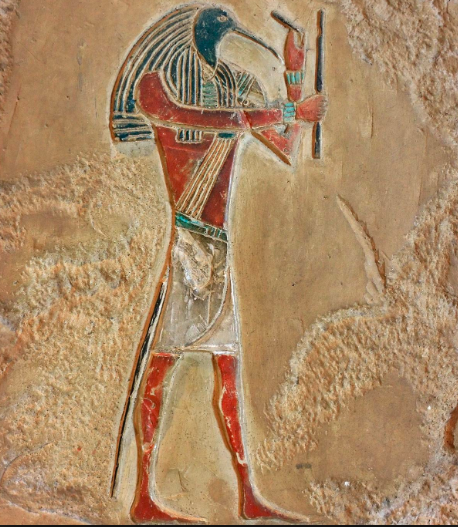
If a great deluge struck the earth 11,000 years ago as the Egyptian priests proclaim – and confirmed by geological evidence – how could the volcanic eruption that struck Santorini 3,500 years be connected to the story of Atlantis?
Professor Galanopoulos believes we should treat Plato’s description as archaeological fact that should be divided by ten.
The exact chronology of the Minoan eruption remains a subject of debate. But what we do know is that one hundred eighty years after Solon’s encounter with the an old Egyptian priest, the story of Atlantis was recorded in the Dialogues of Plato, titled Critias and Timaeus.
“…in single day and night of misfortune, the island of Atlantis disappeared into the depths of the sea.” — Plato, 360 B.C.
The association between the Aegean and Egypt is not an entirely new idea, it was first conceived by the excavator of Knossos, Sir Arthur Evans and supported by Greek archeologist, Spyridon Marinatos.
Many scholars today, including Manfred Bietak, still support the Egyptian connection to the Minoans. What’s more, there is direct evidence of the presence of Africans on Thera:
A naval engineer by the name of James W. Mayor, Jr. “…was also delighted by a friend’s discovery on one of Thera’s black lava beaches of the fossilized head of an African green monkey, which, Mayor explained, had no economic function, was imported and used as a pet by wealthy Minoans.”
The Egyptians were the only people of antiquity well-informed of this Aegean civilization’s history. The Egyptians called the inhabitants of Crete the “keftiu”. The Western name ‘Minoan’ was coined by Sir Arthur Evans made through his association of these people with the legend of the Minotaur and King Minos, found in the artwork of the archeological remains at the palace of Knossos on Crete.
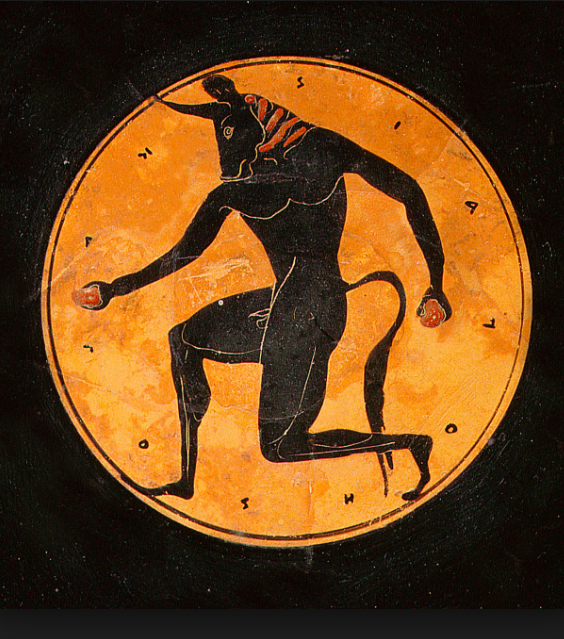
Keftiu People of The Aegean
Not much remains of the Minoan empire. But these people were known to the Egyptians of the 18th Dynasty as the Keftiu, the sea peoples from the great green. They were a maritime kingdom pre-dating the ancient Greeks that were in contact with foreign peoples throughout the Aegean. The links evident in the Near Eastern and Egyptian influences found in the Keftiu’s early artwork and later in trade export, notably the exchange of pottery.
The Egyptian artist’s depiction of a Keftiu is a redskinned, bare-chested, clean-shaven male with long black hair in almost dreadlock-like curls and with two to four little curls on the top of the head. And often depicted with readily identifiable Aegean-type objects.
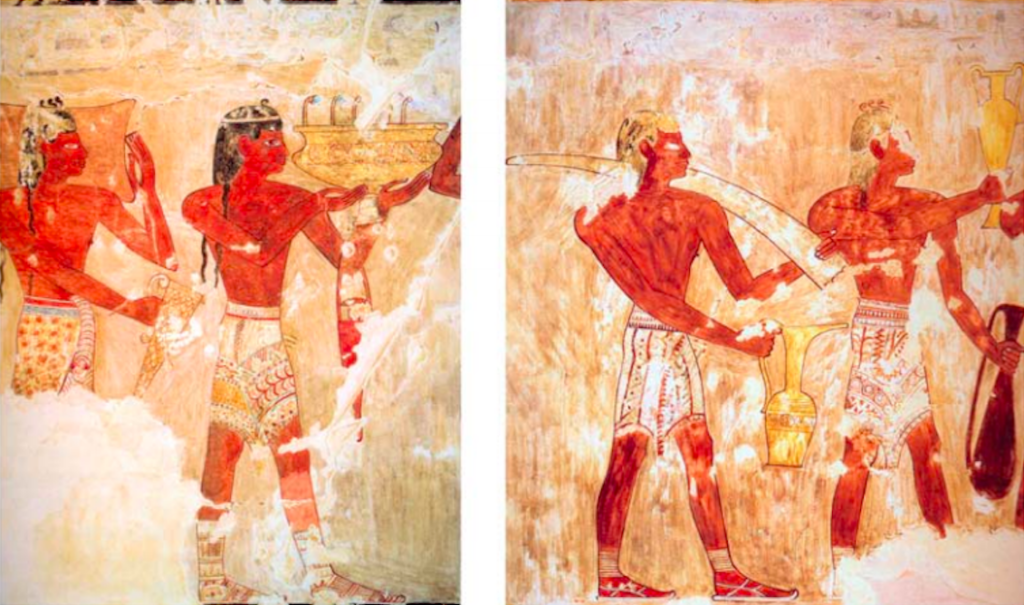
Egyptians appear to be racially and politically connected to the Cretans through Thebes. Evidence of their relations can be found in the famous tomb of the Egyptian Vizier Rekhmire at Thebes during the early reign of Tuthmosis III. Here we find Cretans wearing different color kilts bringing tribute to Egyptian pharaohs.
It is a mystery as to why the Keftiu were depicted bearing gifts to Egyptian Pharaoh – was it a form of taxation? – then suddenly no longer appearing after the reign of Thutmosis III. It may be pure coincidence that their disappearance happens around the same time as the Minoan eruption that devastated much of the Mediterranean world around 1450 BC.
Others point to the description of Hercules, the greatest of the Greek heroes. Herodotus, the Greek historian, wrote: Hercules was born of Egyptian parents after the Egyptian God Shu.
Contemporary Western Scholars continue to debate the racial composition of ancient Egyptians and it is a sore point for many. But without a crystal ball, the direct connection to the original story tellers can only be attested through archaeological evidence including un-doctored ancient artwork.
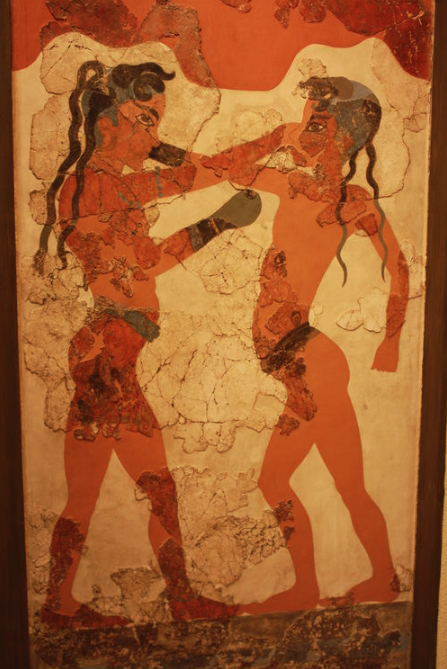
Western society has historically dissociated Egypt from the rest of the continent, not wanting the biblical image of Egypt to be smeared by an association with a Black Africa. But this has not always been the case.

Herodotus, the revered Greek historian described the Egyptians as “black-skinned and wooly-haired,” a belief commonly held throughout Greek society, where Egyptians were not distinguished from the Ethiopians.
Does the racial composition of Egyptians today prove ancient Egyptians were of European ancestry?
Alexander the great founded the city of Alexandria in Northern Egypt in the 3rd century BC. During this time European Greeks of all ages migrated to Egypt, ushering in the Hellenistic period and making northern Egypt the center of enlightenment for the Western world. The word “Hellenistic” comes from the word Hellazein, which means “to speak Greek or identify with the Greeks.”
Can anyone truthfully argue that present-day Americans are the descendants of Native Americans by looking at a photo of a prototypical American today?

Only if you ignore the communication design by ancient Egyptians and other overwhelming physical evidence. Does anyone dispute the fact that the European majority in America today is a direct reflection of the colonization, domination and assimilation that dates back 400 years. More a statement than a question.
Exactly why the Keftiu paid tribute to the Egyptian Pharaohs is up for debate. But if the Egyptians did colonize The Aegean for a time, it is direct evidence that Africa was a fundamental building block of ancient Greece and the whole of Western civilization.
Prosperity and artistic achievement remained at a high level in the Aegean area until about 1,450 B.C., when all the great centers of Cretan culture were destroyed by earthquakes and the cataclysmic eruption. After these disasters, only the Cretan palace at Knossos was restored – and that too was destroyed by fire at around 1,375 B.C.
By the mid-to late 18th dynasty, the Egyptians viewed the Mycenaean Keftiu in a different light than the earlier Minoans ones. The Mycenaean version was not viewed as a ‘good foreigner‘. Did the shift in power to the Mycenaean palatial sites on the Greek mainland cause the disruption? Was the change due to a natural disaster that weakened the Minoan-Aegean civilization around the same time?
The reasons for the demise of the Minoan civilization continues to be debated but evidence suggests that a weakened Minoan civilization was absorbed by the Mycenaeans, the founders of ancient Greece. Whatever the cause, most of the Minoan sites were abandoned by 1200 B.C. and Crete would not return to the Mediterranean stage of history until the 8th century B.C. when it was colonized by archaic Greeks.
What we thought was a convenient shortcut over a hill mound to the Akrotiri ruins, turned into an encounter with a burly bull mastiff laying in wait. Better to approach this place from a different angle.
Akrotiri
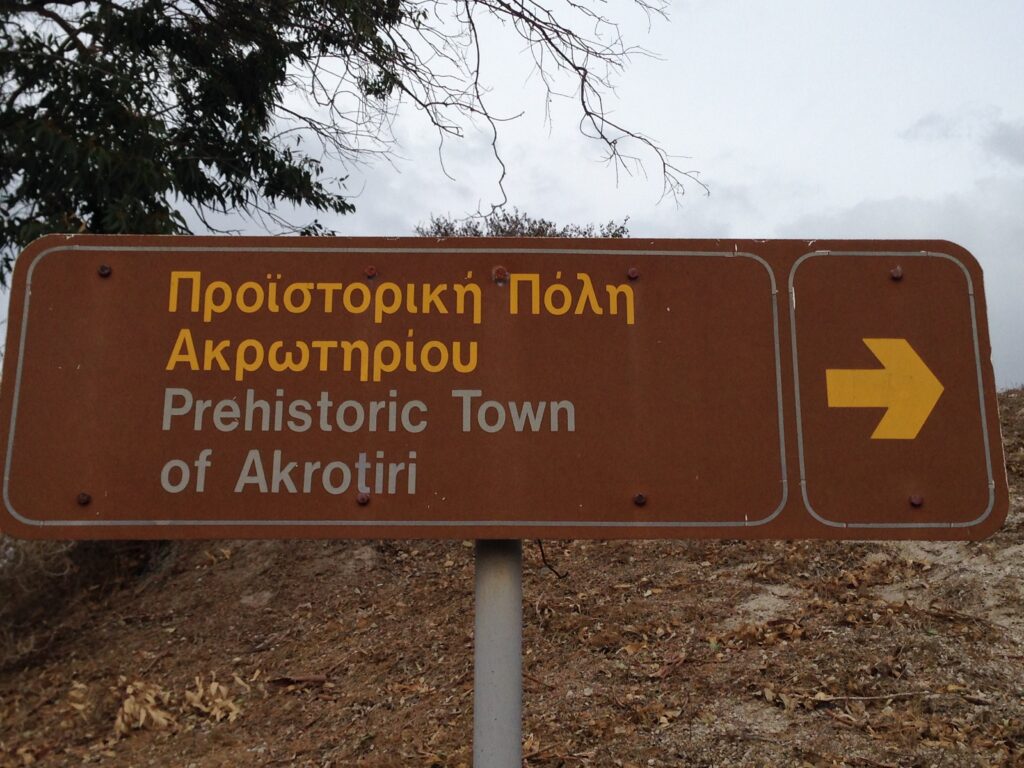
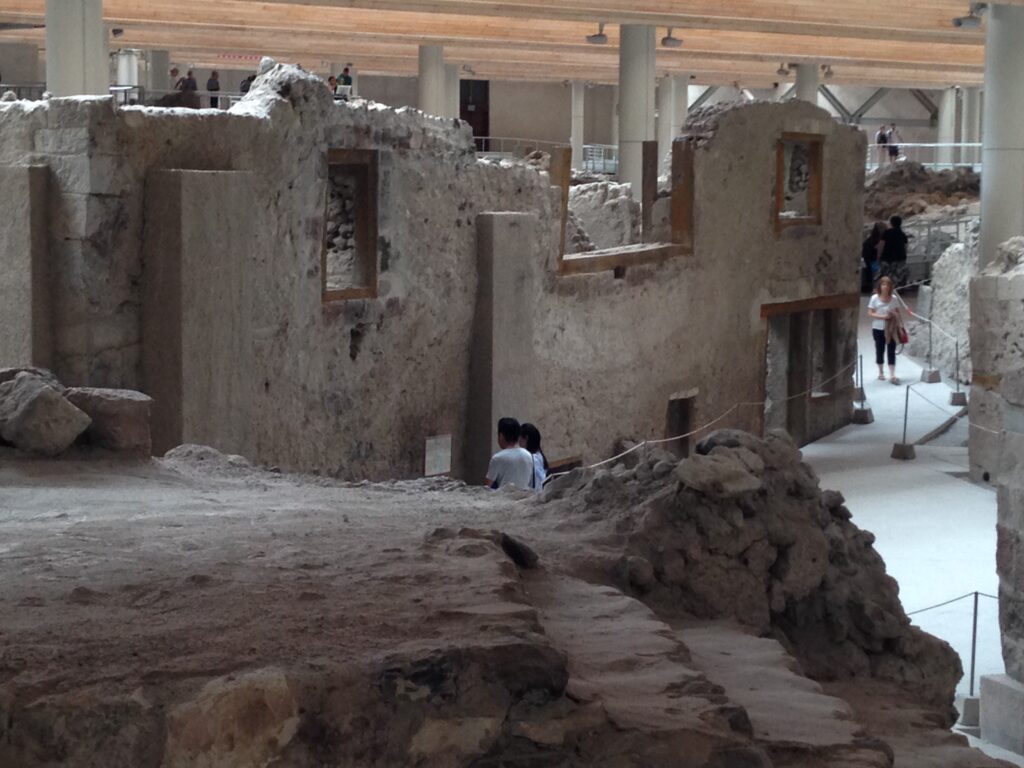
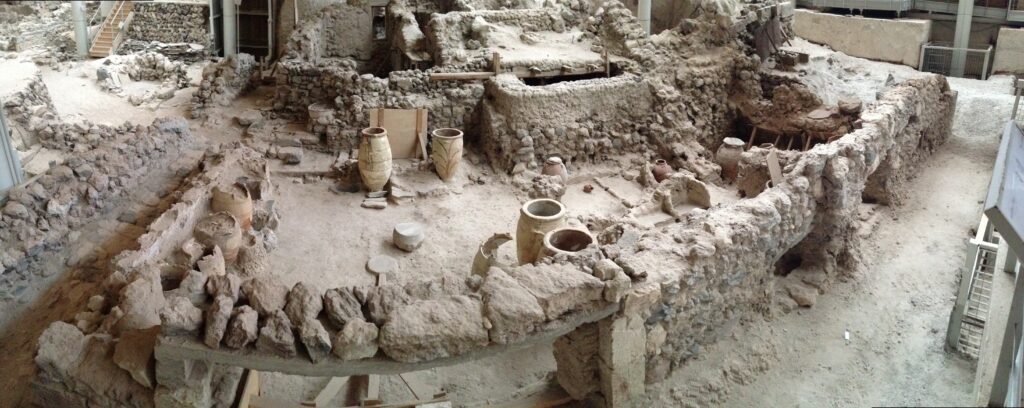
The wall paintings of ancient Akrotiri are the finest surviving creations of a Bronze Age society anywhere in Aegean world. They show what people looked like on the Island and is evidence of a thriving civilization.
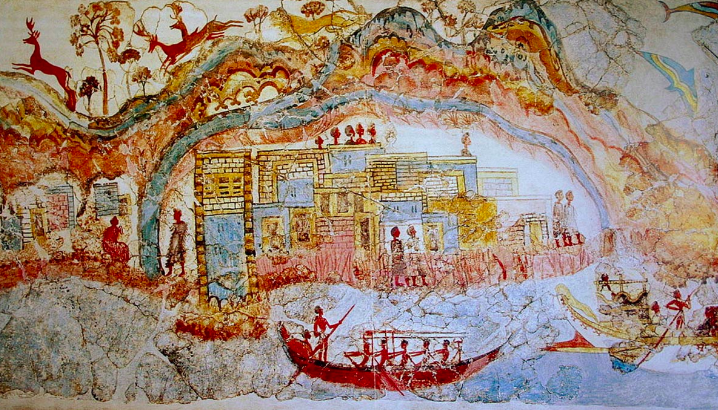
The Minoan civilization was a Bronze Age Aegean civilization that flourished on the island of Crete and other Aegean Islands from c. 2700 to c. 1450 BC, before a late period of decline and finally ending around 1100 B.C. The Minoans were one of a number of civilizations that disappeared at the end of the Bronze age, leading into what is known as the dark ages.
Some attribute the final collapse of the Minoans to the mysterious Sea People that were thought to have conquered much of the region, with Egypt the only civilization that survived intact. Others believe, through Egyptian writings, that the displaced, technologically advanced seafaring Minoans became a marauding Sea Peoples tribe themselves.
Egyptian Pyramids in Greece
All over the world there are remains of ancient pyramids dating back to antiquity, including those found in The Aegean and the Greek mainland. Researchers have discovered pyramids near the village of Sougia in southern Crete, a another prominent pyramid shaped outcropping on the island of Keros and a third on the Greek mainland in Argos—known as the pyramid of Hellenikon.

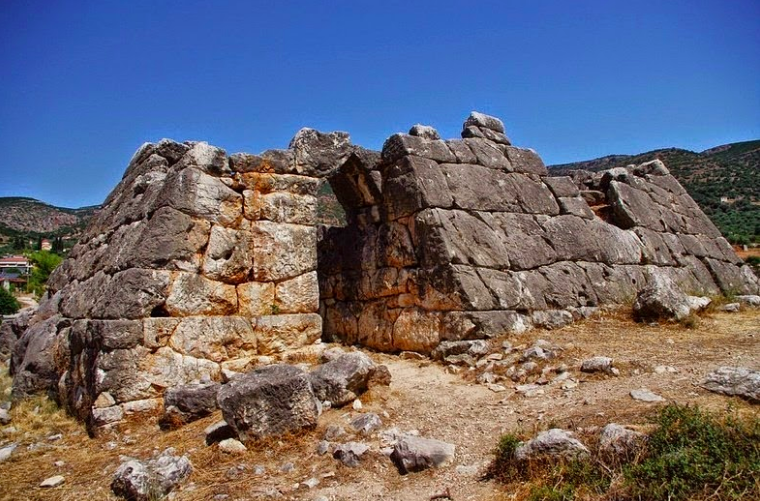
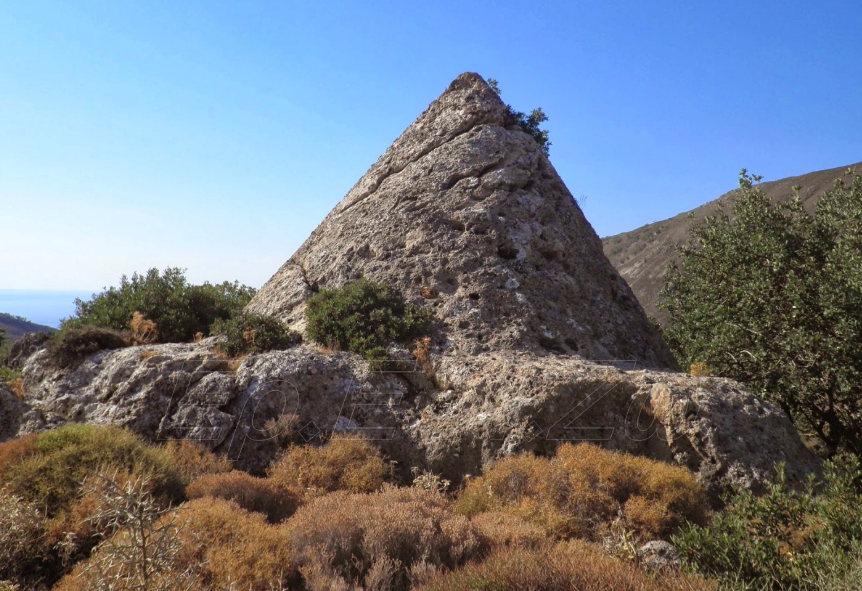

Due to the presence of pyramids on Islands in The Aegean and on the Greece Mainland, we are wondering whether the mounds we spotted next to Akrotiri are the work of pyramid mound builders, pumice miners or naturally formed outgrowths?
Is it possible that on Santorini island, just 1,177 meters from Northern Egypt, there could be manmade pyramid structures buried beneath volcanic dirt and Ash?
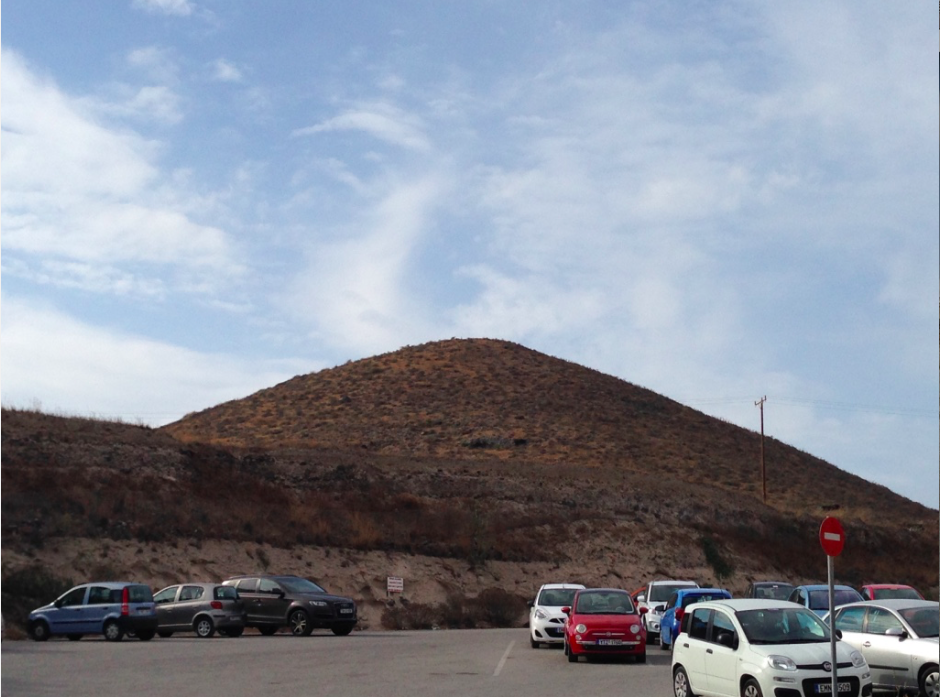
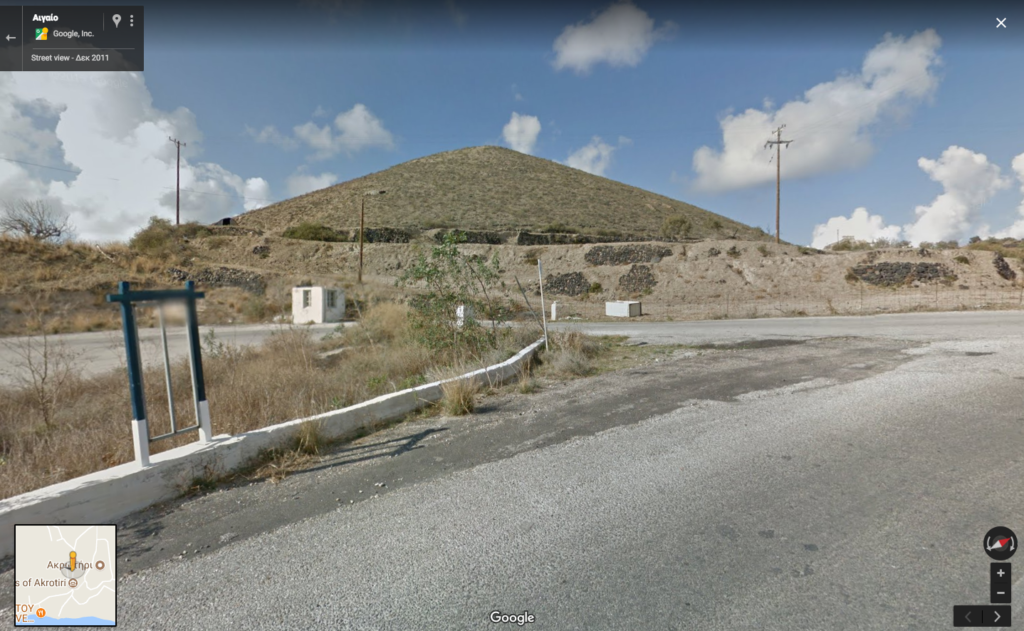
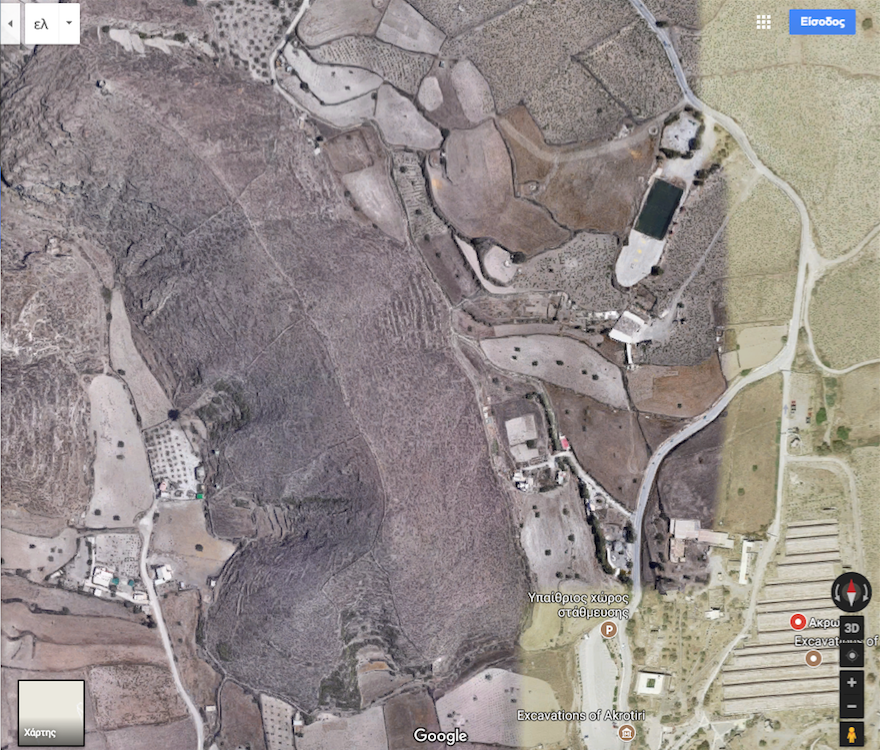
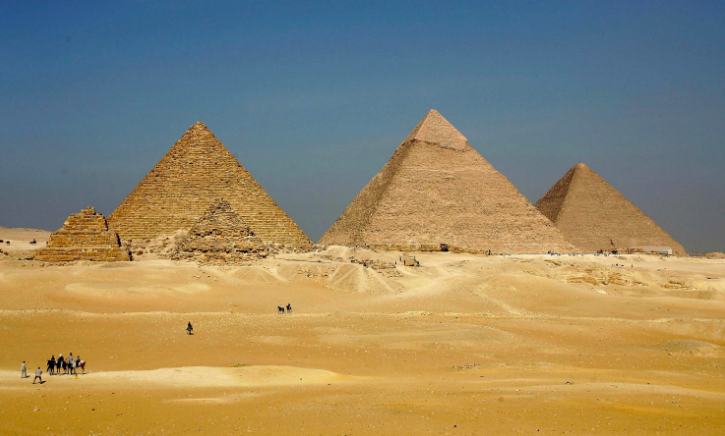
If you have any information, we urged you to drop your thoughts in the comments section. And don’t forget to subscribe.
|
Resources and suggest links: |
Resources and suggest links:
https://en.wikipedia.org/wiki/Sonchis_of_Sais
https://www.ancient.eu/Thoth/
https://www.ancient.eu/egypt/
http://www.gutenberg.org/files/4032/4032.txt
https://www.ancient-origins.net/ancient-places-europe/akrotiri-ancient-city-obliterated-great-eruption-thera-020262https://novoscriptorium.com/2019/02/08/the-pyramids-of-greece/
https://en.wikipedia.org/wiki/Minoan_pottery
https://www.pyramidseverywhere.org/greek-pyramid-the-pyramid-of-hellinikon/
http://anthropology.msu.edu/anp455-fs14/2014/09/25/1475/
https://en.wikipedia.org/wiki/Minoan_frescoes_from_Tell_el-Daba
https://www.ancient-code.com/the-greek-pyramid-of-hellinikon-predates-the-oldest-ancient-egyptian pyramid/https://en.wikipedia.org/wiki/Temple_of_Edfuhttps://bigthink.com/philip-perry/were-the-ancient-egyptians-black-or-white-scientists-now-knowh






